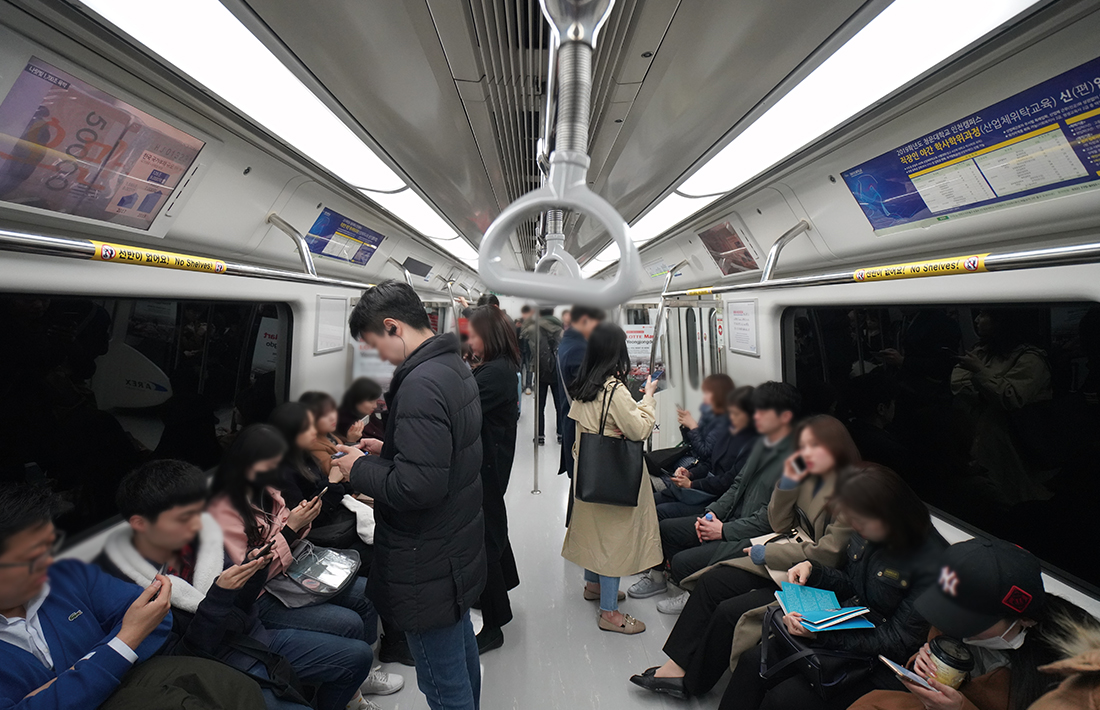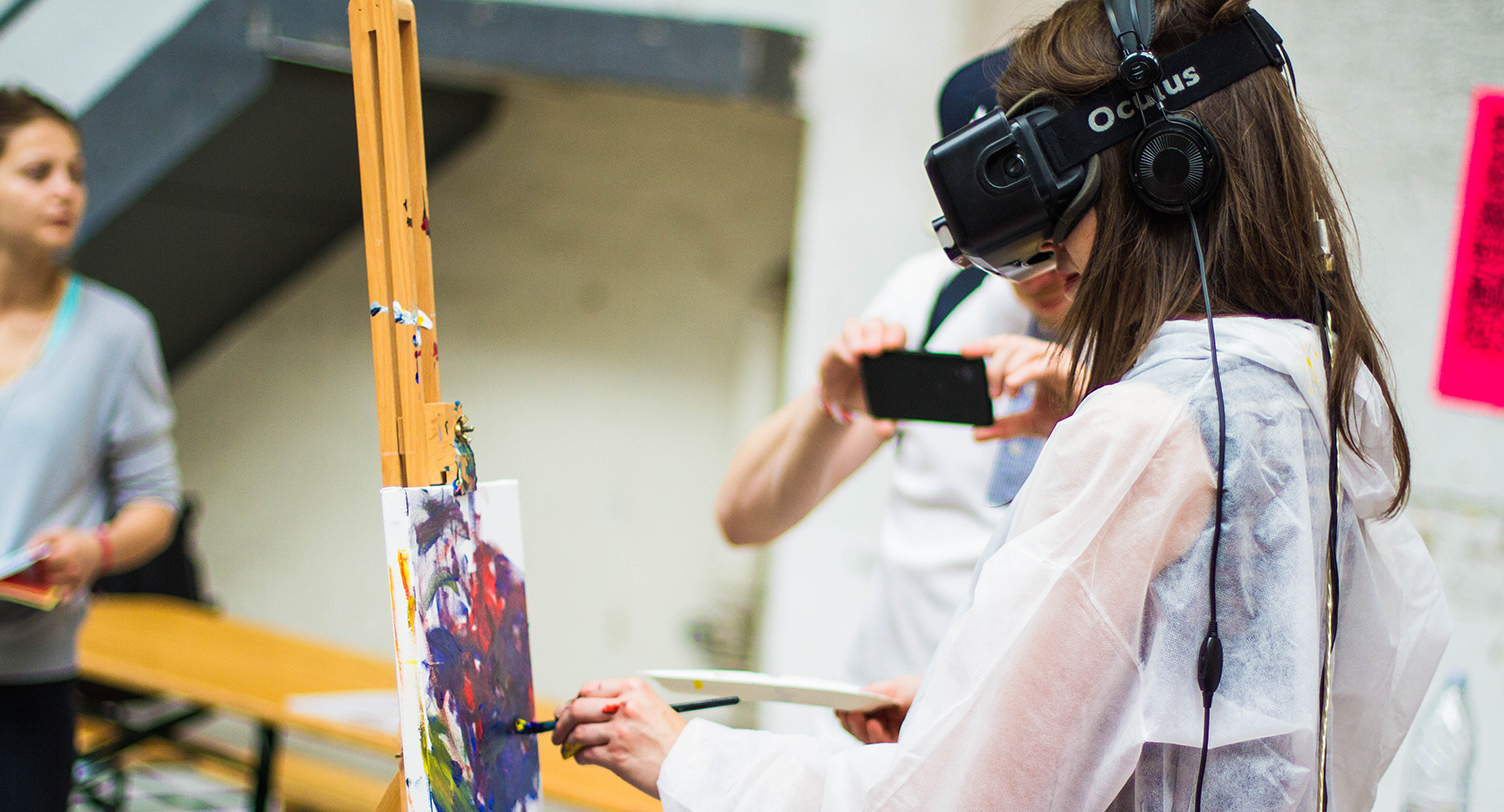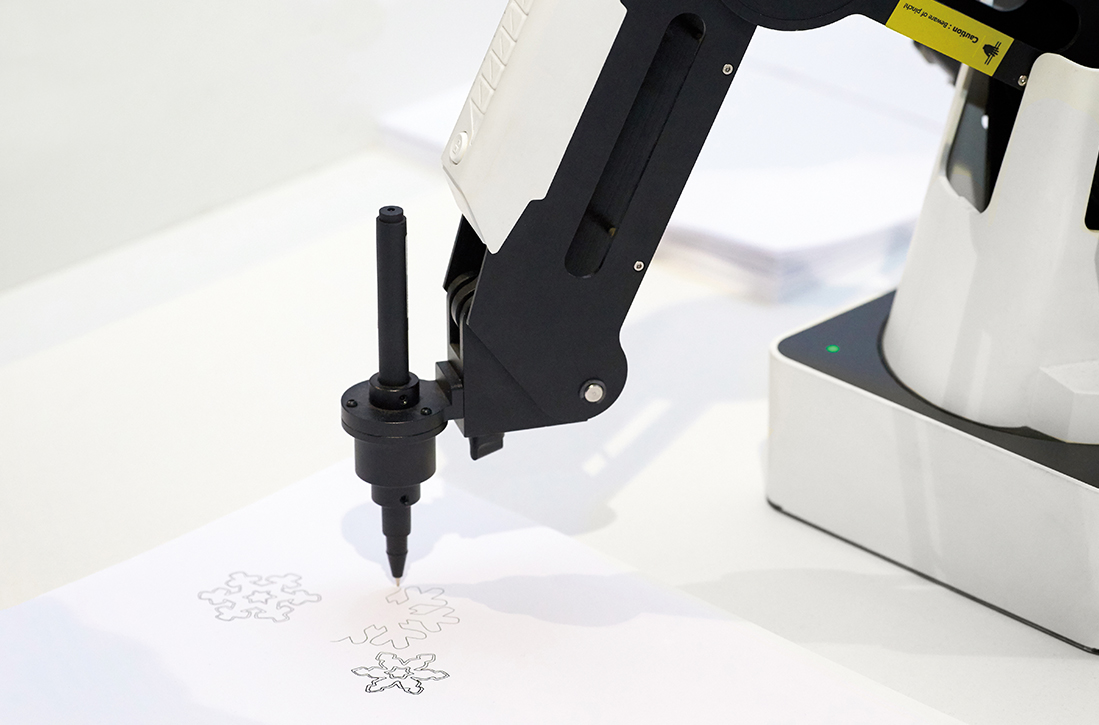Trends
Tech-fueled Webtoon Boom
Digital Solutions
Webtoons are taking Korea by storm, and their presence in the global content market is also rising. The role of technology has been instrumental in fueling the webtoon boom, and advances in artificial intelligence and digitalization promise to further advance the sector’s growth and development.
Written by• Yang Byoungseok,
CEO of COMIXV
In the not-so-distant past, people gathered in living rooms to watch TV and waited for the daily newspaper every morning. Similarly, fans of comic books visited a manhwa bang (comic book reading room), a venue specifically designed for the consumption of the medium. Such brick-and-mortar businesses also included libraries, comic rental stores and services, and booksellers.
Likewise, debuting as a cartoonist required being featured by exclusive magazines in a sector whose content was chiefly considered lowbrow. Whereas the ambition to write a bestselling novel was common the aspiration of becoming a cartoonist was nearly unheard of; those who had such a dream were looked down on.
New Platforms, New Consciousness
The stigma or lack of respect toward aspiring cartoonists underwent a massive shift as the internet age dawned. Domestic web search portals like Naver and Daum began hosting virtual spaces specifically for online cartoons, or webtoons, under a new system deemed democratic and open to mass participation. Under the web-based regime, anyone could upload his or her work or update serialized content on an ongoing basis.
What caused the massive spread of webtoons in Korea? What does this phenomenon imply for the future and the rapid development of info and communications technology? These questions can be answered by reflecting on how technology fueled the webtoon boom.
Handy & Portable

Korean commuters are often glued to their smartphones while riding the subway. © YonhapNews
Webtoons joined the Korean mainstream almost as smoothly as the smartphone emerged as an essential element of daily life. The gizmo brought about radical change through placing the internet right in the palm of the hand. With minimal movement, people handled an ever-widening array of tasks and activities, whether leisure or work related.
Webtoons fulfill the growing demand for content, especially when commuting to and from work on public transportation. In its initial stage, the medium suffered from low-resolution content of inadequate size, but advances in visual imagery allowed greater room for the transfer of emotive messages and impact.
As a visual medium, webtoons are perfectly suited for commuters who pack Korea’s numerous buses, subways, cars or taxis. Without the need for complementary sound or audio effects, commuters can access webtoons in sporadic spurts before arrival, between subway transfers and during wait times.

Sketching on tablets has grown more common with the advance of illustration technology. © imagetoday
4th Industrial Revolution
Webtoons are being promoted and advanced through technologies related to the Fourth Industrial Revolution. For one, blockchain technology can be integrated onto webtoons; openness and sharing have been ideals at the core of webtoons since their inception. Platforms will also offer personalized content optimized not for the masses but for each individual.
Virtual (VR) and augmented reality (AR) are also major components of this revolution. Screens accompany every evolutionary step in narrating, portraying and distributing content. The medium owes so much of its growth to the advancement of display technology.
As next-generation digital platforms, both VR and AR can overcome the limitations of smaller-size mobile screen displays. Even 3D and interactive technologies can be applied, leading to more interactive content in games, webtoons or graphics. For example, cartoonist Ha Il-kwon’s webtoons with sensory effects have been featured on Naver Webtoon, and novel platforms for VRimplemented webtoons have appeared such as COMIXV and Sphere Toon.

A head-mounted display is a projection technology using virtual and augmented reality. © unsplash
Paradigm Shifts
Will artificial intelligence eventually replace webtoonists? Rather than meaning doom and gloom for the profession, AI’s ability to maximize productivity will instead complement the drawing, coloring and character-producing aspects of a human webtoonist’s job. Though restructuring and retrenchment of the industry are possible, webtoonists will retain a place in the sector, perhaps through a novel platform through which they can maximize their creativity. Fully utilizing their imaginations as well as staying connected to fans will get easier for webtoon producers, so the sector could see surges in both supply and demand. This is why webtoons are undergoing streamlining, adopting innovative modes of production and operation, and exploring diverse forms of monetization.
Though forecasting the evolution of the Korean webtoon market over the next decade is difficult, technology will definitely be at the center of whatever changes await. And how advances will help webtoon creators and writers expand and improve storytelling are yet another thing to look forward to.

Robot illustrators show the technological advancement of visual arts. © shutterstock



















